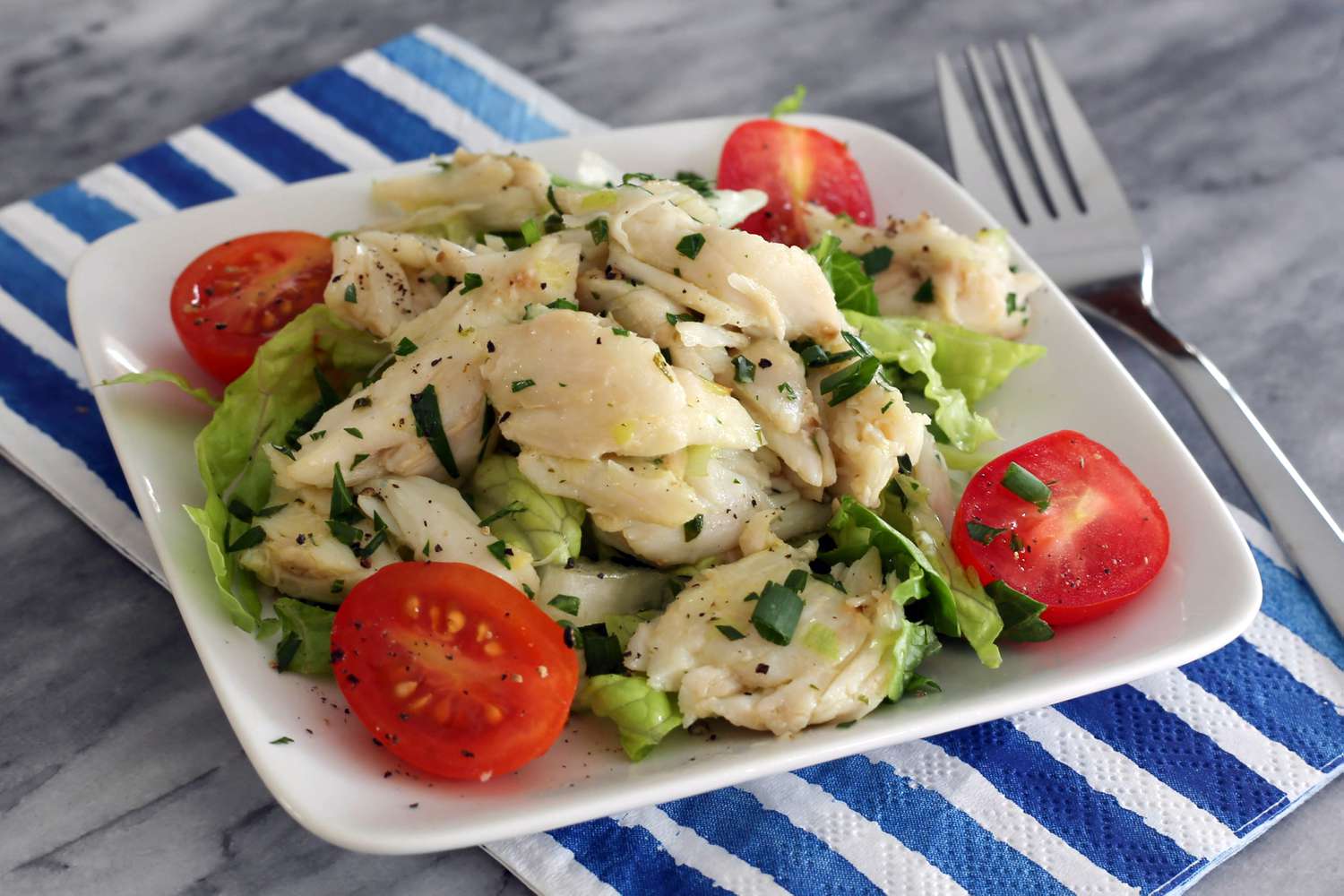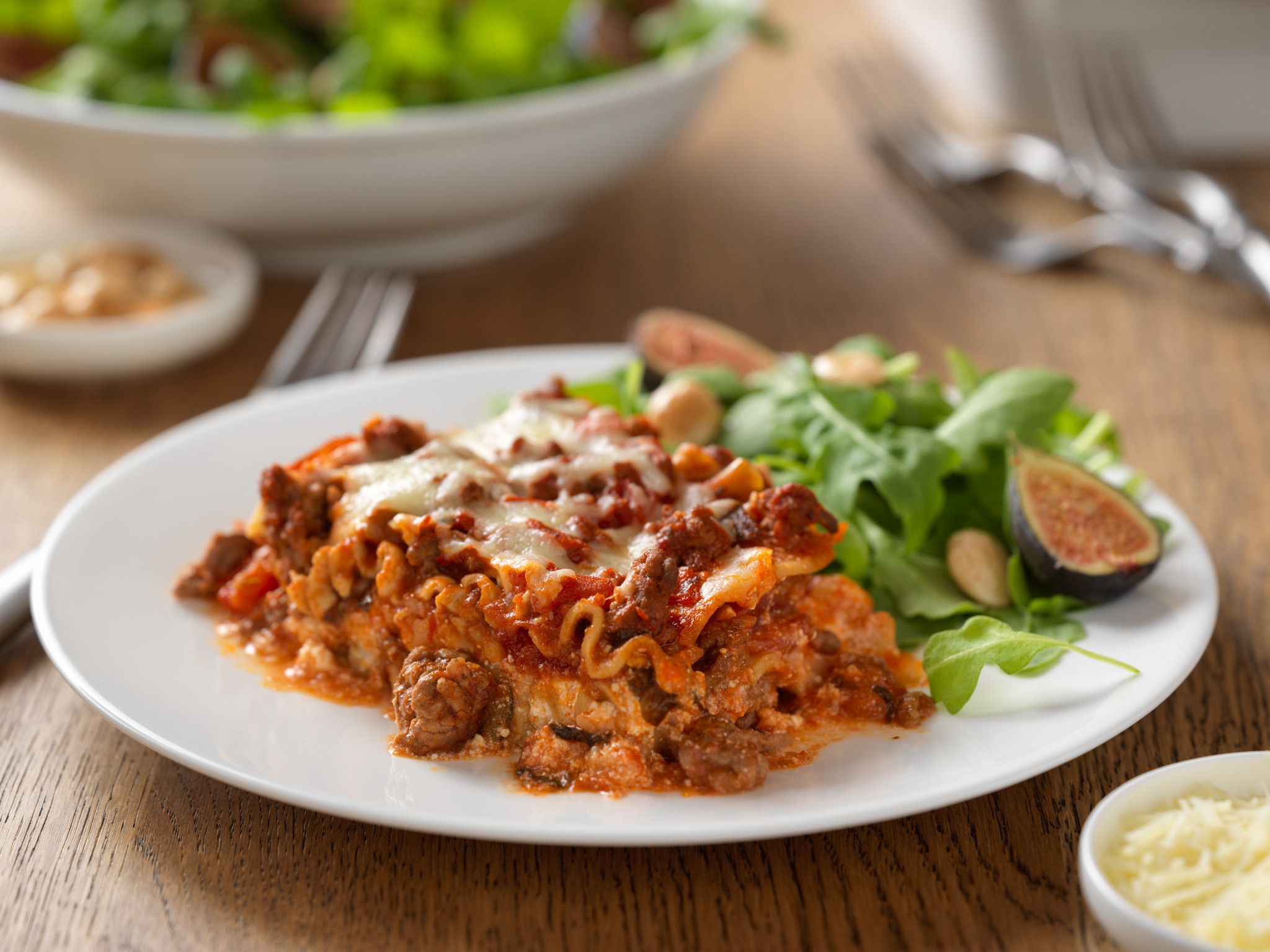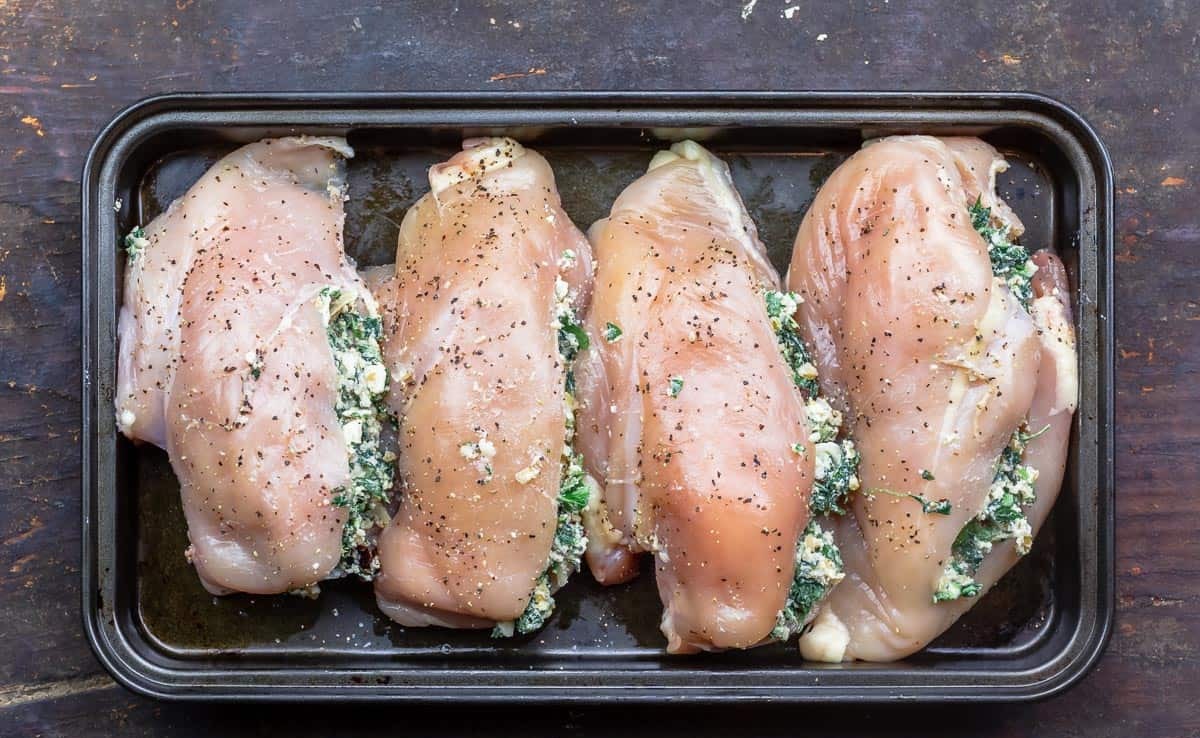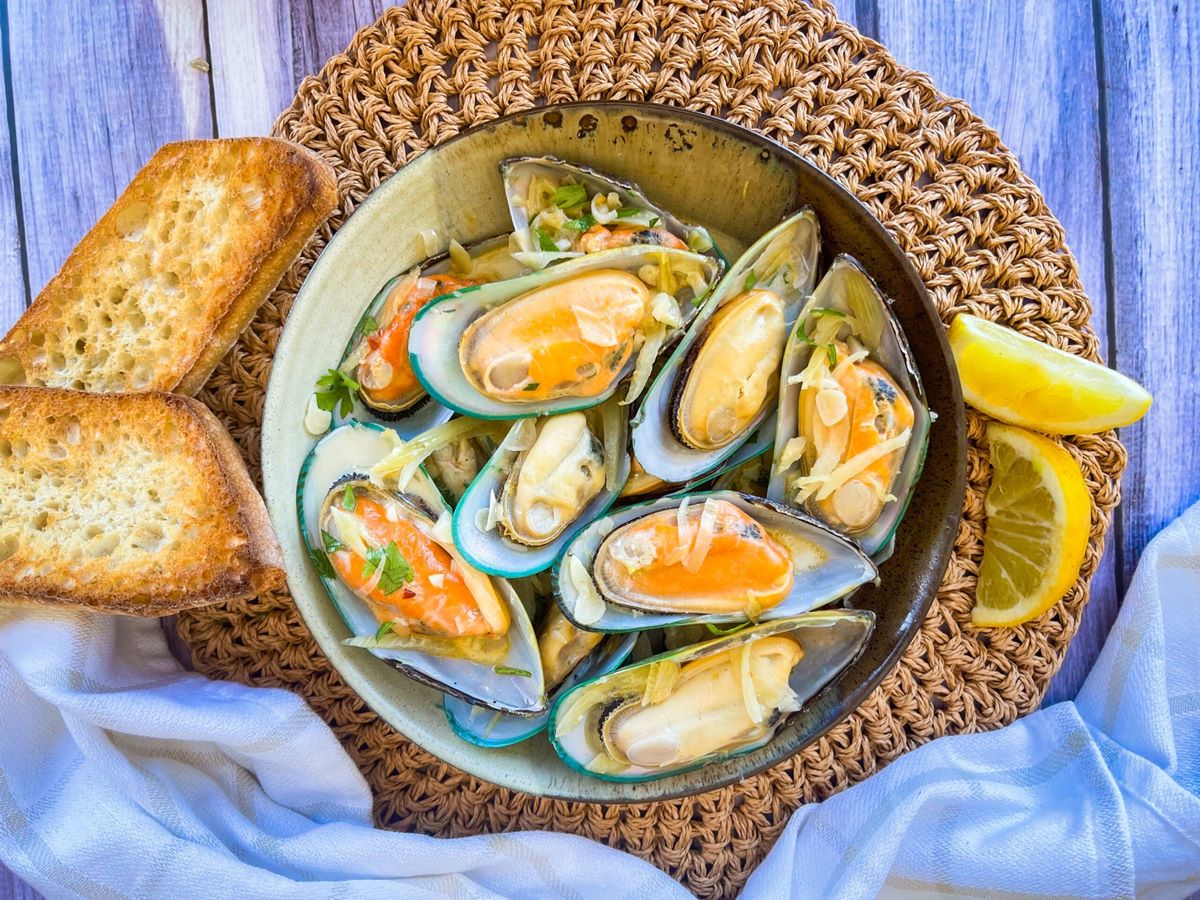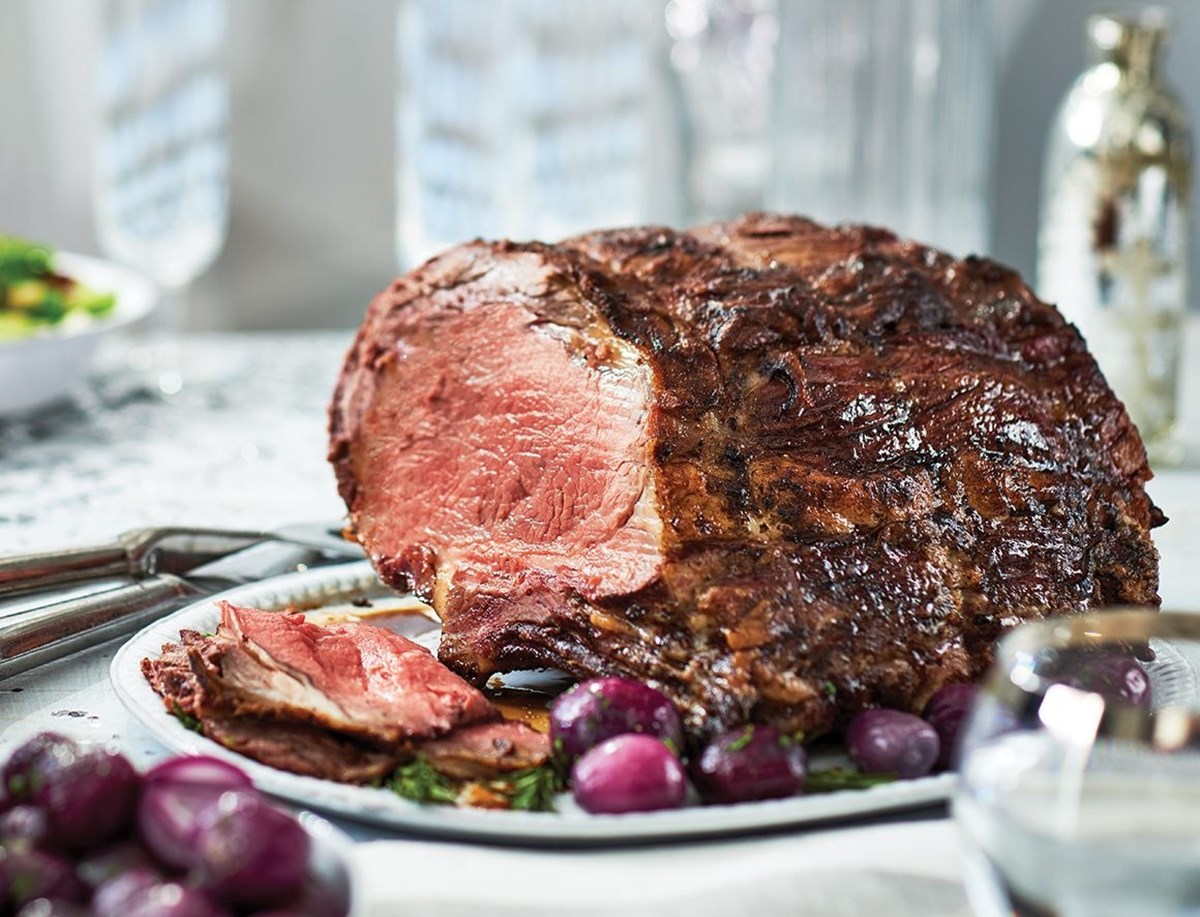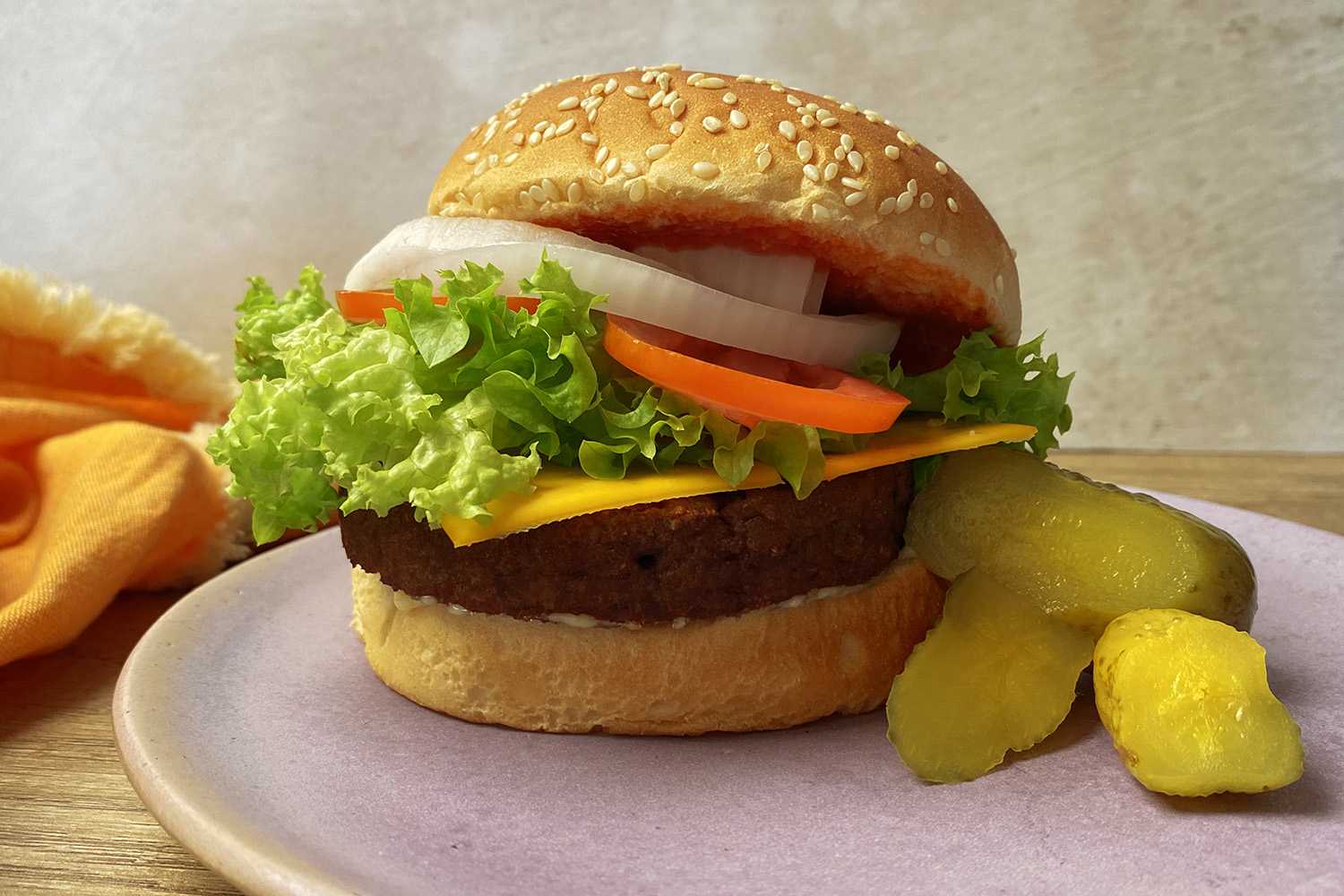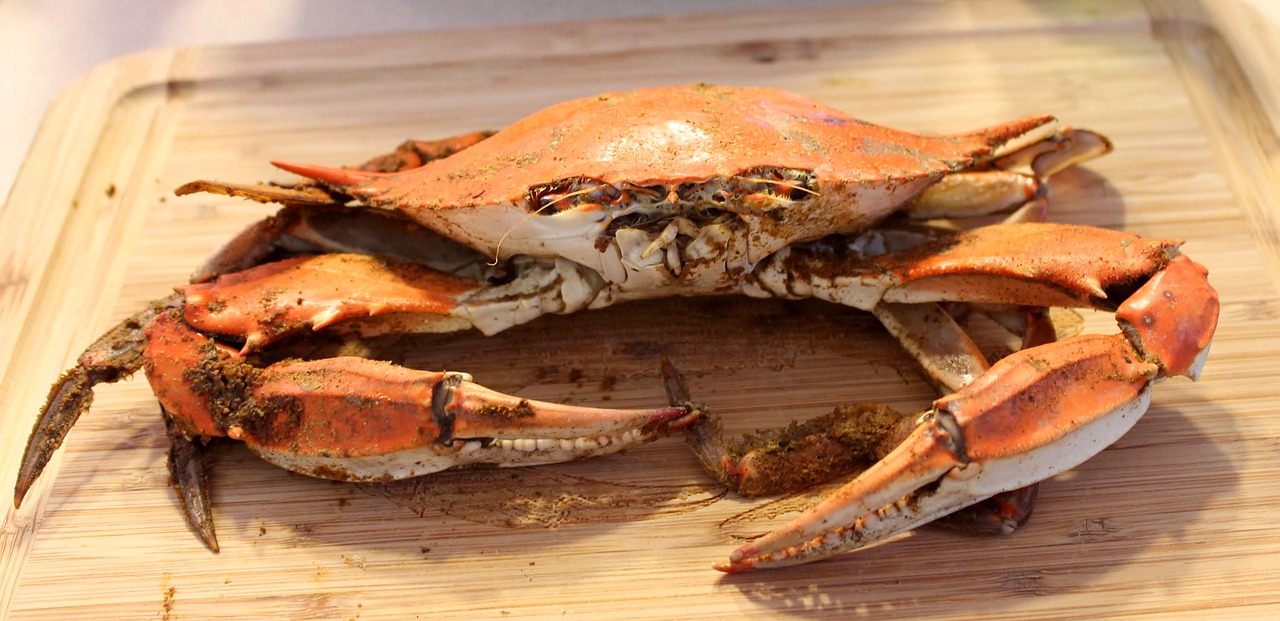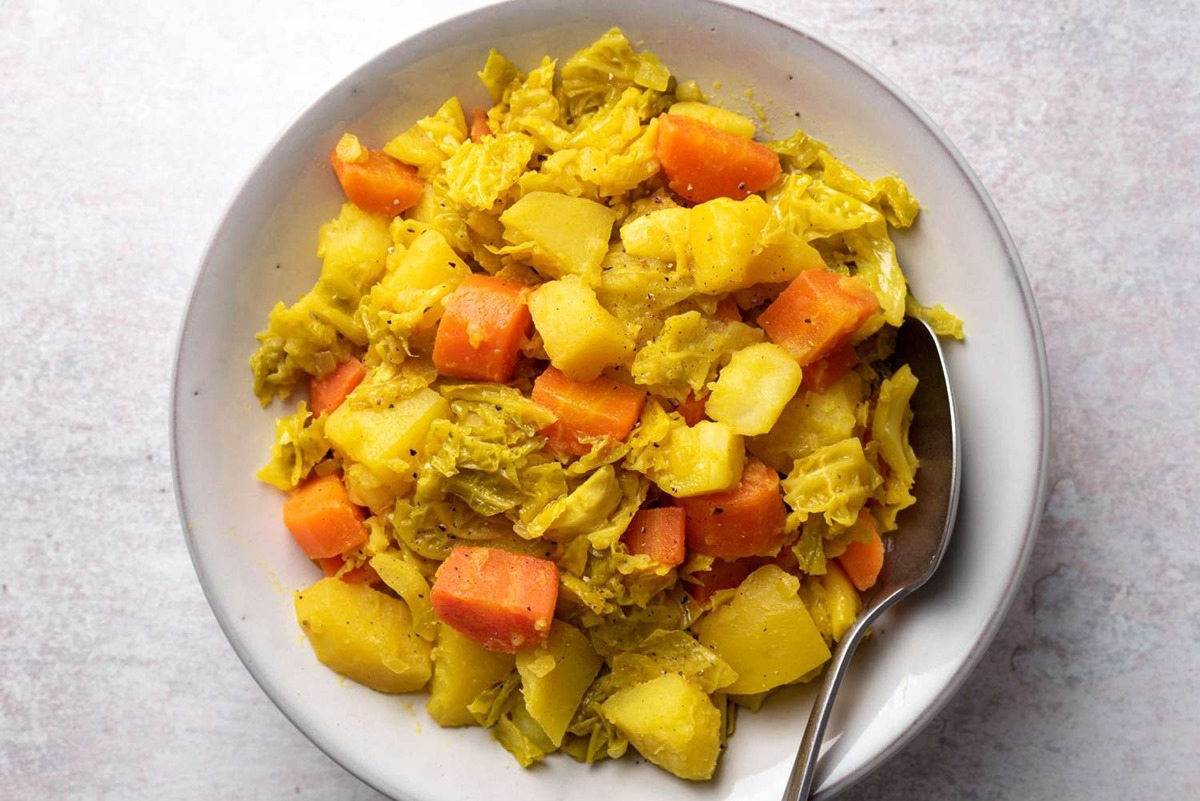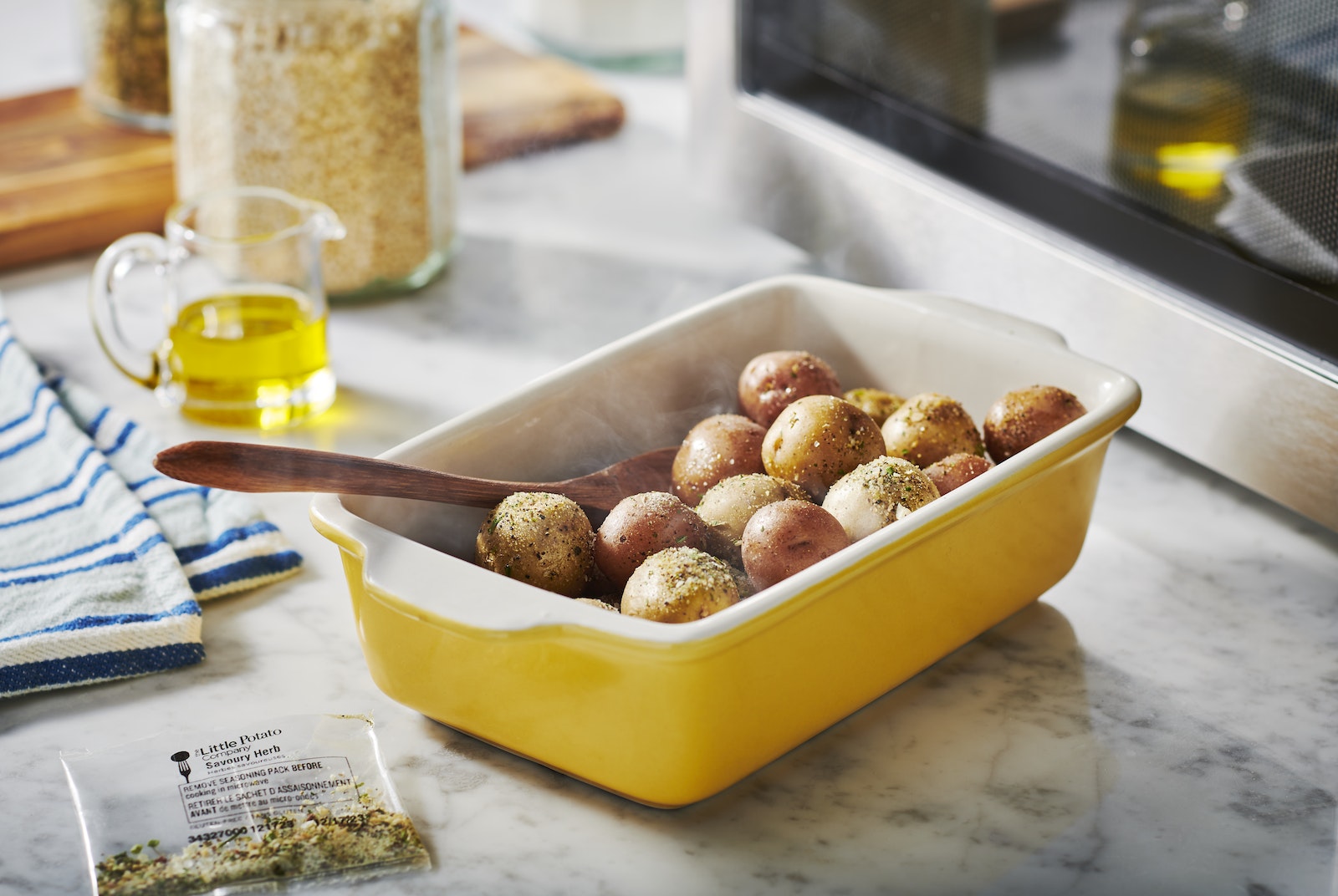Unlock the Flavors: Mastering the Art of Cooking Frozen Broccoli and Cauliflower
Gone are the days when frozen vegetables were dismissed as a last resort. In today’s fast-paced world, frozen broccoli and cauliflower have become a staple in many households. They offer convenience, long shelf life, and most importantly, a nutritious addition to any meal. However, if you’re unsure about how to make the most of these power-packed veggies, we’ve got you covered! In this blog post, we’ll guide you through the steps to cook frozen broccoli and cauliflower to perfection, allowing you to unlock their flavors like never before.
The Art of Preparation
Before we dive into the cooking process, it’s essential to properly prepare your frozen broccoli and cauliflower. Here’s how:
- Choose high-quality frozen vegetables: Look for brands that flash-freeze their products to lock in their freshness and preserve their nutritional value.
- Thawing: While some recipes may require thawing, you can cook frozen broccoli and cauliflower directly if desired. Just make sure to adjust the cooking time accordingly.
- Cutting and trimming: Once thawed, you may need to trim the florets to your desired size. For larger florets, cut them into bite-sized pieces for even cooking.
Bringing Out the Best: Cooking Techniques
Now that you’ve prepped your frozen broccoli and cauliflower, it’s time to choose a cooking technique that will enhance their flavors. Here are a few tried-and-true methods:
- Steaming: Steaming is a popular method as it retains the vegetables’ nutrients and vibrant colors. Simply place the florets in a steamer basket over boiling water for about 5-7 minutes or until tender-crisp.
- Roasting: If you prefer a caramelized and nutty flavor, roasting is the way to go. Toss the florets with olive oil, salt, and your favorite seasonings. Spread them evenly on a baking sheet and roast for around 15-20 minutes at 425°F (220°C), flipping halfway through.
- Stir-frying: Stir-frying is perfect for a quick and flavorful side dish. Heat some oil in a pan, add the florets along with your choice of spices, and cook for 4-6 minutes until crisp-tender.
- Boiling: Boiling is a straightforward method that works well if you plan to use the vegetables in soups or casseroles. Bring a pot of water to a boil, add the florets, and cook for 3-5 minutes or until tender.
Flavorful Seasonings and Pairings
While broccoli and cauliflower have their distinctive flavors, adding some enticing seasonings and pairings can take your dish to the next level. Here are a few ideas:
- Garlic lover’s delight: Sauté minced garlic in olive oil before adding your vegetables for an aromatic twist.
- Herb-infused: Sprinkle dried herbs like rosemary, thyme, or oregano on your florets while cooking for a burst of flavor.
- Cheesy goodness: Make a cheesy broccoli and cauliflower bake by topping them with a generous amount of grated cheddar or Parmesan cheese.
- Asian-inspired: Include soy sauce, ginger, and a dash of sesame oil to stir-fried broccoli and cauliflower for an Asian-infused taste.
Nutrition with Every Bite
One of the main reasons frozen broccoli and cauliflower are so popular is their exceptional nutritional profile. Packed with vitamins, minerals, and fiber, these vegetables offer numerous health benefits, including:
- Boosting immune function
- Supporting digestion and gut health
- Providing antioxidants for overall well-being
- Assisting in weight management
By incorporating frozen broccoli and cauliflower into your diet, you’re making a smart choice for your overall health and wellness.
Conclusion
Now that you have learned the art of cooking frozen broccoli and cauliflower, it’s time to get creative in the kitchen. Experiment with different seasonings and cooking methods to suit your taste preferences. And remember, these versatile veggies can effortlessly elevate any meal, adding both nutritional value and delightful flavors. So, go ahead and confidently unlock the potential of frozen broccoli and cauliflower, one delicious dish at a time!
Was this page helpful?
Read Next: How To Cook Rice Roni
